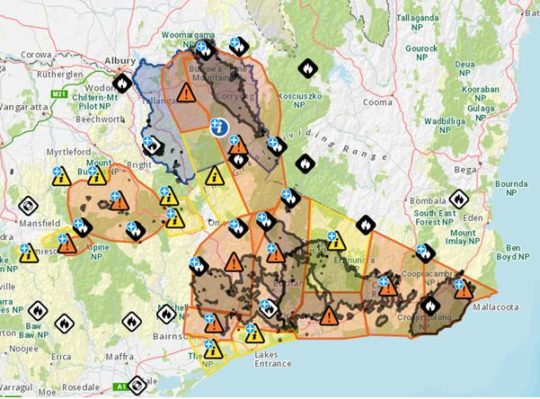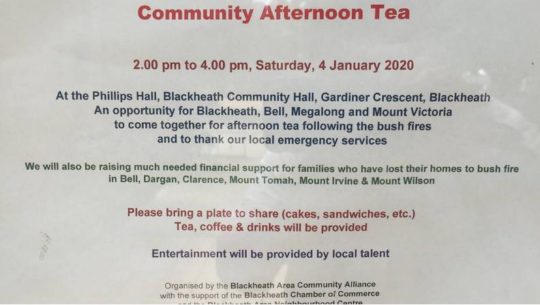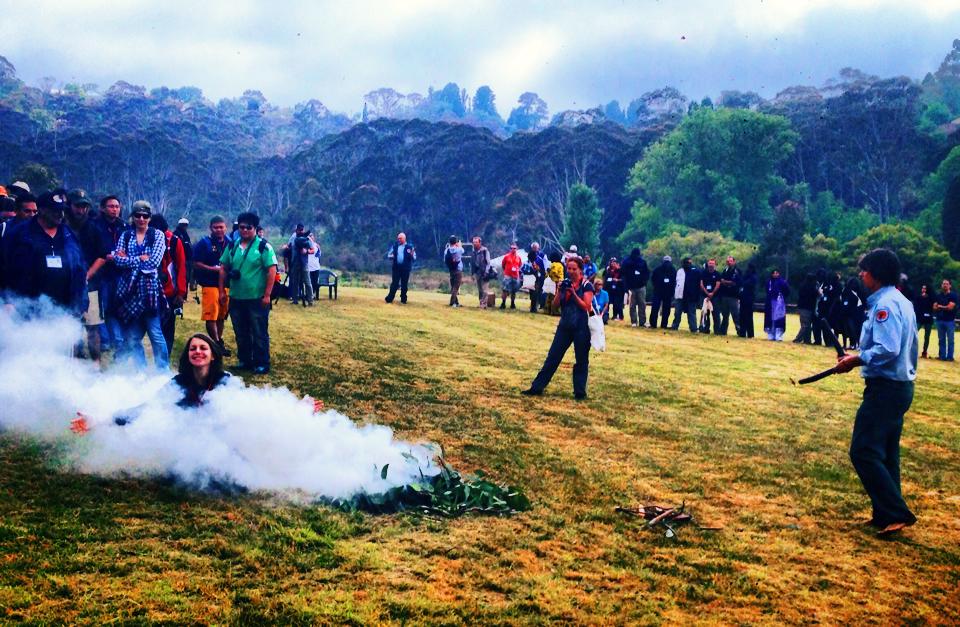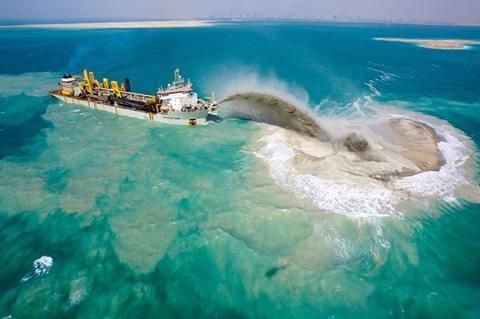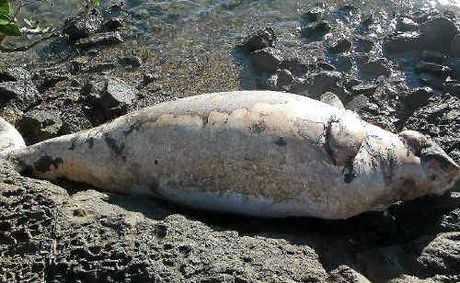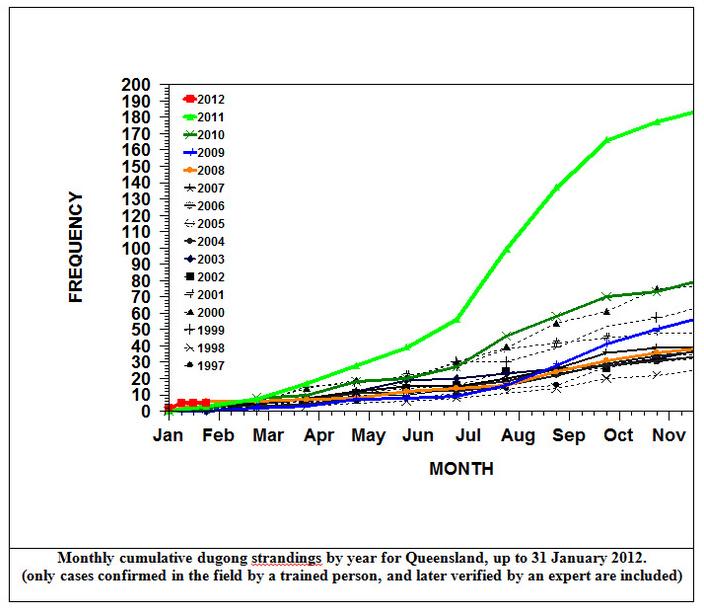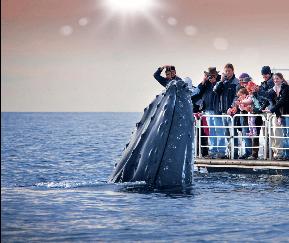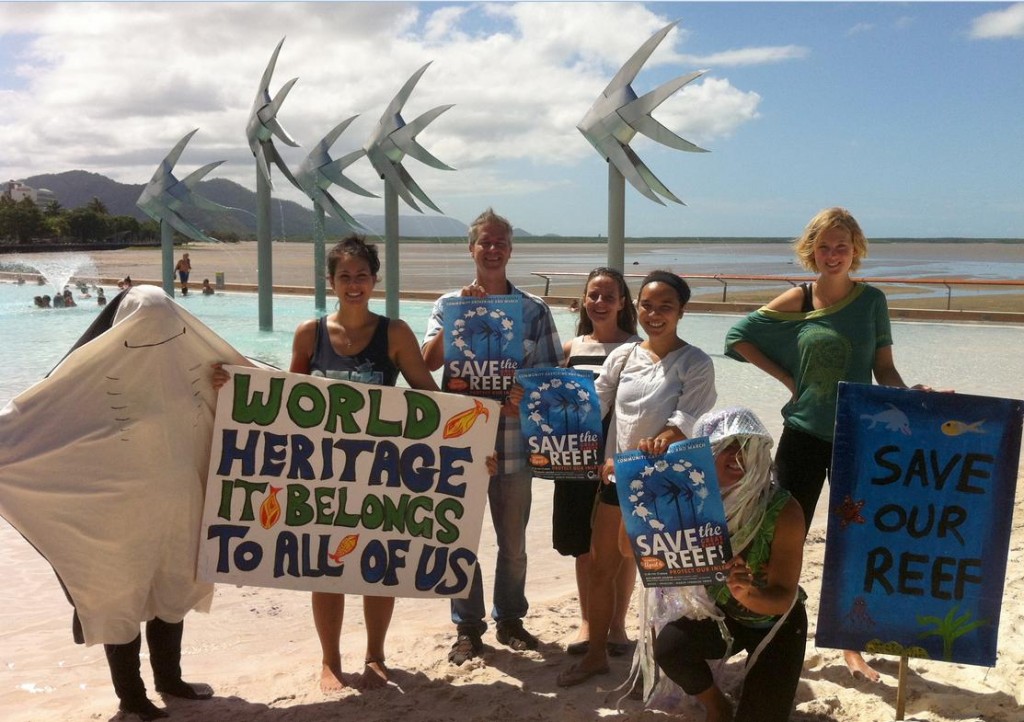State Government bush arson ramps up
Friday, January 3rd, 2020National Parks across Australia no longer exist but in name only on the tourist literature. Exceptional national parks of the Blue Mountains region, seven of them, listed with world heritage values in 2000, no longer hold the values of that listing – Eucalyptus diversity has been incinerated on a massively widescale the area of France. Millions of wildlife species have been left to be burned alive.
The evil is that this was intentional by entrusted state government bureaucracy, the RFS and NPWS in NSW. The state minister for Police and Emergency Services, David Elliott, abandoned the emergency at the time for a family overseas holiday in France and Britain.
Greater Blue Mountains World Heritage Area
The Greater Blue Mountains World Heritage Area is one of the largest and most intact tracts of protected bushland in Australia.
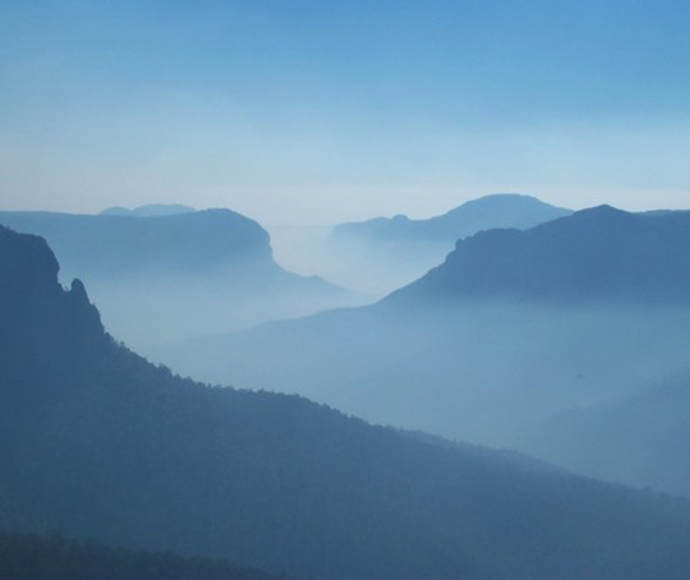
The World Heritage listed Greater Blue Mountains Area is a deeply incised sandstone tableland covering over 1 million hectares spread across 8 adjacent conservation reserves. The landscapes of this World Heritage property lie inland to the west of Sydney and extend almost 250 kilometres from the edge of the Hunter Valley to the Southern Highlands near Mittagong.
An enormous variety of plants occur here, but eucalypts dominate the landscape: the area is home to 96 species (13% of all eucalypt species). Rare and endangered plants such as the Wollemi pine (Wollemia nobilis) also occur here. (incinerated by defacto hazard reduction by the NPWS and RFS in December 2019).
World Heritage listing
The Greater Blue Mountains Area was inscribed on the World Heritage List in 2000 in recognition of its significant natural values. It possesses unique plants and animals that relate an extraordinary story of the evolution of Australia’s distinctive Eucalypt vegetation and its associated communities.
The Vegetation, Fire and Climate Change in the Greater Blue Mountains World Heritage Area booklet outlines a mapping study on plant communities, fire regimes and the impacts of climate changes on plant diversity in this area.”
No longer. The Blue Mountains World Heritage values have mostly gone. Small remote ignitions have been deliberately and systematically ignored and let burn by the New South Wales Government entrusted all-controlling national parks service (NSW National Parks and Wildlife Service) and all-controlling fire fighting authority the New South Wales Rural Fire Service (RFS). Days and weeks later, these fires have conflagrated into wildfire fronts then firestorms. These bushfires were never under control because they did not start near habital property – the RFS charter of convenience.
So by abject dereliction of duty to proactively protect World Heitage, the NSW Government has recklessly allowed vast natural areas, cumulatively larger than the size of Tasmania (42,000 km2) -a sanctuary endangered and valuable ecology to be incinerated. Sadly, these World Heritage natural values now no longer exist.
The secretly protected Wollemi Pine Grove from the Jurassic Period (201 – 145 million years ago, when conifers like the Wollemi Pine ruled the world) has likely been utterly destroyed by wildfire, according bushfire ground mapping by the Rural Fire Service (RFS) on its ‘Fires Near Me’ website. The RFS is the entrusted New South Wales state government delegated authority responsible for responding to all non-urban fire firefighting emergencies throughout the state of New South Wales.
The RFS has failed absolutely. It is a serial annual failing fire fighting agency. It lights bushfires and serves but to save the state government billions.
Half a million hectares of pristine World Heritage Wollemi Wilderness has been abandoned to wildfire by government emergency bureaucracy, the RFS, so that the preciously unique Wollemi Wilderness of some half a million hectares be left to be incinerated in a deliberate bureaucratic defacto hazard reduction, dubbed a ‘strategic burn’.
In NPWS/RFS colonial culture, World Heritage Listing means nothing but a fuel hazard to be so burned before it inevitably burns. State based rural firefighting culture across Australia harks to colonial times when wildlife was vermin and Aborigines were savages.
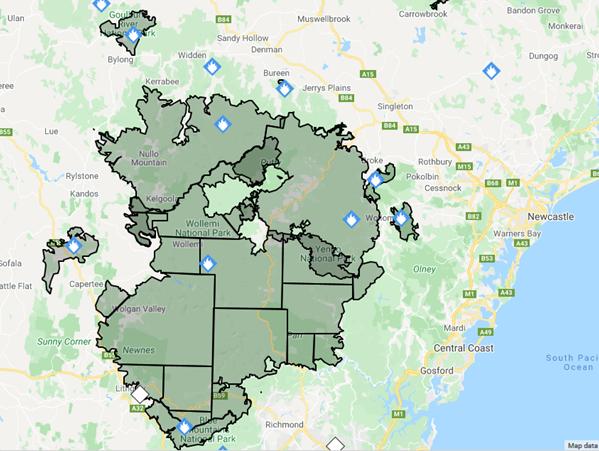 [Image source: ‘Fires Near Me’ Google dynamic overlay mapping, by Rural Fire Service of NSW on its website, ^https://www.rfs.nsw.gov.au/fire-information/fires-near-me, updated 20200128.]
[Image source: ‘Fires Near Me’ Google dynamic overlay mapping, by Rural Fire Service of NSW on its website, ^https://www.rfs.nsw.gov.au/fire-information/fires-near-me, updated 20200128.]
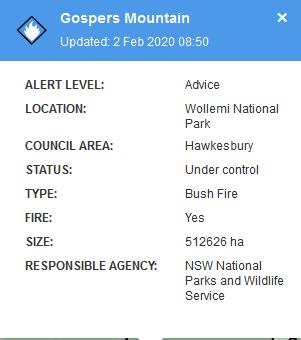 The vast area of the world heritage listed Wollemi National Park is 501,700 hectares. The two bureaucrats charged to protect it were NPWS Upper Mountains Area Manager Richard Kingswood and NPWS Director of Blue Mountains Branch, David Crust. Both jointly delivered Blue Mountains epic fails this Christmas. Both need to be summarily held ultimately responsible and so summarily sacked for gross wold heritage abandonment, incompetence and defacto hazard reduction arson.
The vast area of the world heritage listed Wollemi National Park is 501,700 hectares. The two bureaucrats charged to protect it were NPWS Upper Mountains Area Manager Richard Kingswood and NPWS Director of Blue Mountains Branch, David Crust. Both jointly delivered Blue Mountains epic fails this Christmas. Both need to be summarily held ultimately responsible and so summarily sacked for gross wold heritage abandonment, incompetence and defacto hazard reduction arson.
This belies this government bureaucracy’s antiquated culture of ecological hate and contempt that has been allowed and encouraged to get its way. Wilderness has been tamed ready for farmland and Sydney’s massive urban sprawl.
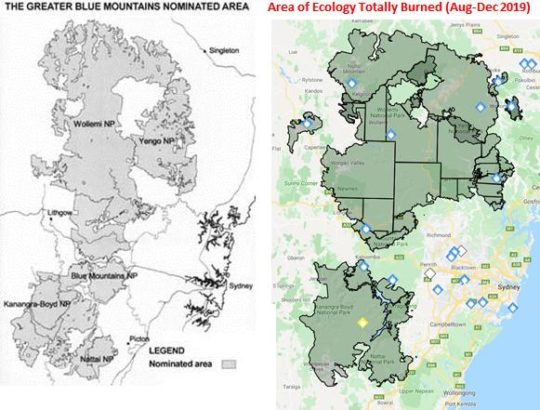 Blue Mountains ecology has allowed to be decimated – 80% of it.
Blue Mountains ecology has allowed to be decimated – 80% of it.
This is a programme of widespread blanket defacto ‘hazard reduction’ – we interpret as state government sanctioned ‘bush arson’ – a mindset to burn native habitat before it burns, because capital city centric state governments deliberately under-resource rural fire fighting.
The Habitat Advocate’s subsequent email to UNESCO:
Dear Committee,
We are so sad to inform you that the Blue Mountains World Heritage Area has been mostly let incinerated.
It’s world heritage values perhaps no longer exist as a result.
https://www.rfs.nsw.gov.au/fire-information/fires-near-me
We request your interest.
Sincerely,
Editor of The Habitat Advocate
Katoomba NSW 2780 Australia
Upstream of the Blue Mountains World Heritage Area.
World Heritage listing of the Blue Mountains region by the New South Wales Government (by its phony then Minister for the Environment, Bob Debus) was always with an ulterior motive. The listing’s ulterior motive was always about preserving a water catchment natural area immediately to the west of a massively expanding Sydney, since dubbed Greater Western Sydney that swallows the rural regions of the Blue Mountains, Hunter Valley, Central Coast, Newcastle, Wollondilly and Illawarra.
It’s not just sad; it is strategically planned, calculated, staged and outsourced sold by spin doctors to a naive public.
Rural fire bureaucracy at state and territory level across Australia has been allowed to perpetuate on an under-resourced piecemeal, charity and volunteer ‘Dad’s Army’ basis since the 1939 Black Friday bushfires, some four generations ago. It’s all to save governments money so they can splurge on other things.
Instead of 1939 being a national wake up call to Australia about bushfire unpreparedness, about ignorance of bushfire risk mitigation, about the lack of a nationally resourced and trained emergency unit of military standard to protect Australians, what was the governmental response?
Yet another government enquiry.
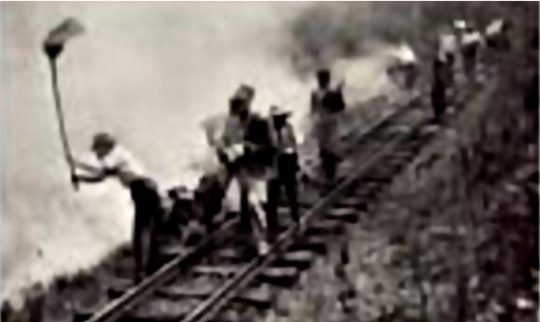 This is a photo from the desperate and overwhelming 1939 Black Friday Bushfire Disaster across Victoria.
This is a photo from the desperate and overwhelming 1939 Black Friday Bushfire Disaster across Victoria.
A government enquiry (indeed a Royal Commission) was ordered into the bushfire disaster – 71 lives were lost, 69 timber mills burt out, millions of acres of fine forest of almost incalculable value decimated, townships were obliterated.
The Bushfires Royal Commission Report 1939 by Judge Leonard E. B. Stretton reported that hundreds of small fires smouldered unattended in the week leading up to Black Friday, when, fanned by the gale-force winds, they joined to create the inferno. Most of the fires Stretton declared, with almost biblical gravity, were “lit by the hand of man“.
His scathing 35 page report (extract below) was presented to the Victorian Parliament on the 16th May 1939. It led to a few token changes to pile burning and fire safety measures for sawmills, grazing licensees and the general public, the compulsory construction of dugouts at forest sawmills, increasing the forest roads network and firebreaks, construction of forest dams, fire towers and RAAF aerial patrols linked by the Forests Commissions radio network VL3AA to ground observers.
Stretton examined the inevitability of fire in the Australian bush and heard evidence from foresters, graziers, sawmillers and academics whether it was best to let fires burn because they were a part of a natural protective cycle or to combat them to defend people and the forests. Importantly, his balanced deliberations officially sanctioned and encouraged fuel reduction burning.
Stretton recommended that the Forests Commission must take complete responsibility of fire suppression and prevention on all public land including State forests, unoccupied Crown Lands, MMBW catchments and National Parks plus a buffer extending one mile beyond their boundaries onto private land.
Most of those initiatives were soon abandoned by the Victorian Government out of complacency and subsequent contemporary political priorities.
The Stretton Royal Commission of 1939 presided over by Judge Stretton has been described as one of the most significant inquiries in the history of Victorian public administration. His work has been referred to in subsequent bushfire inquiries and Royal Commissions such as Ash Wednesday in 1983 and Black Saturday 2009.
Yet, dozens of widespread bushfires later, thousands of homes razed later, ecology on the brink later, and rural fire bureaucracy rave on about the heroic effort by unpaid firefighting volunteer slaves. This despite the fact that rural fire bureaucracy at state and territory levels across Australia has yet again failed rural Australian communities, businesses and ecology.
What’s changed since 1939? Certainly not the governmental culture of leaving locals to fend for themselves.
- “Effect your bushfire plan“…. (abandon our home to the fire?)
- “Are you going to stay or go?” – (.. to bloody where? Putting out the fires and defending property is supposed to be the job of fire firefighters isn’t it?)
- “We can’t guarantee a fire truck to turn up when you call 000.” (why not, the real fire service does. It is statutorily charged to protect the community.)
- “Tourists get out now!” (Who compensates lost homes and regional tourism and business?)
The response next week after December 2019? Another government enquiry.
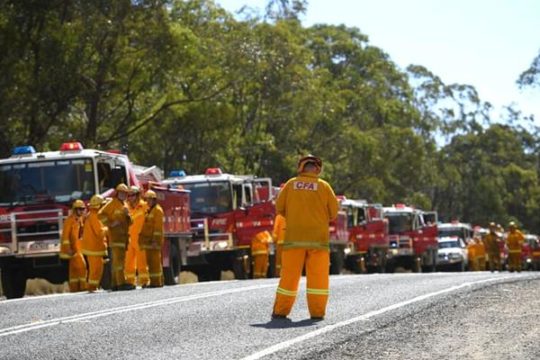 Bushfires typically start in the bush either by lightning or arsonists. Fire trucks are therefore useless; always too little, too late. The arsonists continue to get away with murder, home loss – which often leads to suicides.
Bushfires typically start in the bush either by lightning or arsonists. Fire trucks are therefore useless; always too little, too late. The arsonists continue to get away with murder, home loss – which often leads to suicides.
Australia’s national parks have been decimated to dead, silent park graveyards for wildlife. They were never national; rather delegated to under-funded state bureaucracies with a record of mass sackings.
UNESCO needs to be told that the Blue Mountains World Heritage Area has gone. It’s world heritage listing was cynically always about setting aside inaccessible forests to preserve and expand Sydney’s drinking water for a growing human plague.
Following the 2006 Grose Valley megafire (started by a Hartley Valley RFS backburn) and the 2009 Victorian megafires, this author was rebuked for daring to critise the volunteer rural firies and laughted at for suggesting a military national organisation take control with live satellite detection of ignitions and wioth paid standby airborne resources.
A decade later the old blokes are waking up. Budget Dad’s Army culture remains stubborn – “we don’t want to be paid. We prefer dependence upon the afternoon teas and charity donations by struggling and homeless locals, and more homes lost instead. Just keep our traditional culture of volunteerism”
Australia’s remnant islands of ecology are being incinerated dead wastelands. It’s a Baby Boomer legacy.
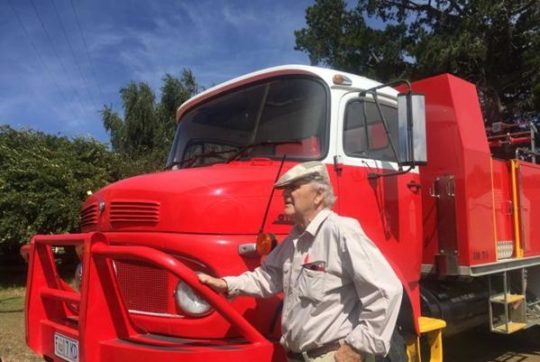 1300 homes destroyed thus far…but you dare not criticize because those authorities responsible for community safety, hide behind the volunteer veil.
1300 homes destroyed thus far…but you dare not criticize because those authorities responsible for community safety, hide behind the volunteer veil.
Summer 2020 herald’s the 81st anniversary of 1939 Black Friday Bushfires Disaster. Australia as a nation would surely/sadly be up to Bushfire Emergency Mark 81 at least – deploying the same state based volunteer slave labour culture to cost billions and drive ecological extinctions.
What a dishonourable scoreboard of environmental justice.
 Hey Wildlife, enact your bushfire plans!
Hey Wildlife, enact your bushfire plans!
Further Reading:
[1] The Stretton Royal Commission Report, 1939, >https://www.habitatadvocate.com.au/wp-admin/upload.php?item=26596
[2] ‘The Formation of a Civil Emergency Corps’, >https://www.habitatadvocate.com.au/?p=4376
